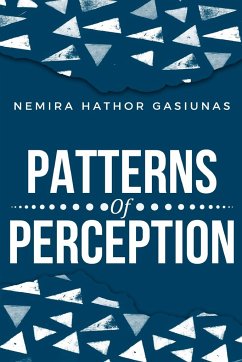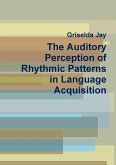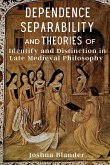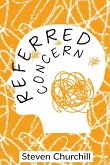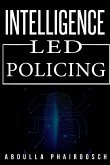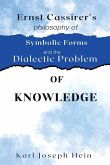Our ordinary concept of perception contains two elements which, if not quite contradictory, stand in a seeming tension with one another. In the first place, we regard perception as yielding a direct awareness of objects in our environment, through their effects on our senses. If you see a bird in the tree, then you are aware of an entity, existing independently of you that is directly registered by your visual apparatus. By contrast, if you conclude that there is a bird in the tree on the basis of seeing its droppings on the ground, or if you are told there is a bird in the tree by someone else who can see it, then you apprehend the existence of the bird indirectly; not by perceiving it but by constructing it out of something else you perceive. Yet we also readily allow that what we see (hear, feel, etc) is determined by how we interpret or classify the data that comes through our senses. In his well-loved children's story, The Little Prince, Antoine de St Exupery illustrates this idea by recounting his early disappointment in the world of adults. Having been inspired to draw a boa-constrictor digesting an elephant, his younger self proudly shows his drawing to the adults-only to find they all mistake his drawing for a hat.

